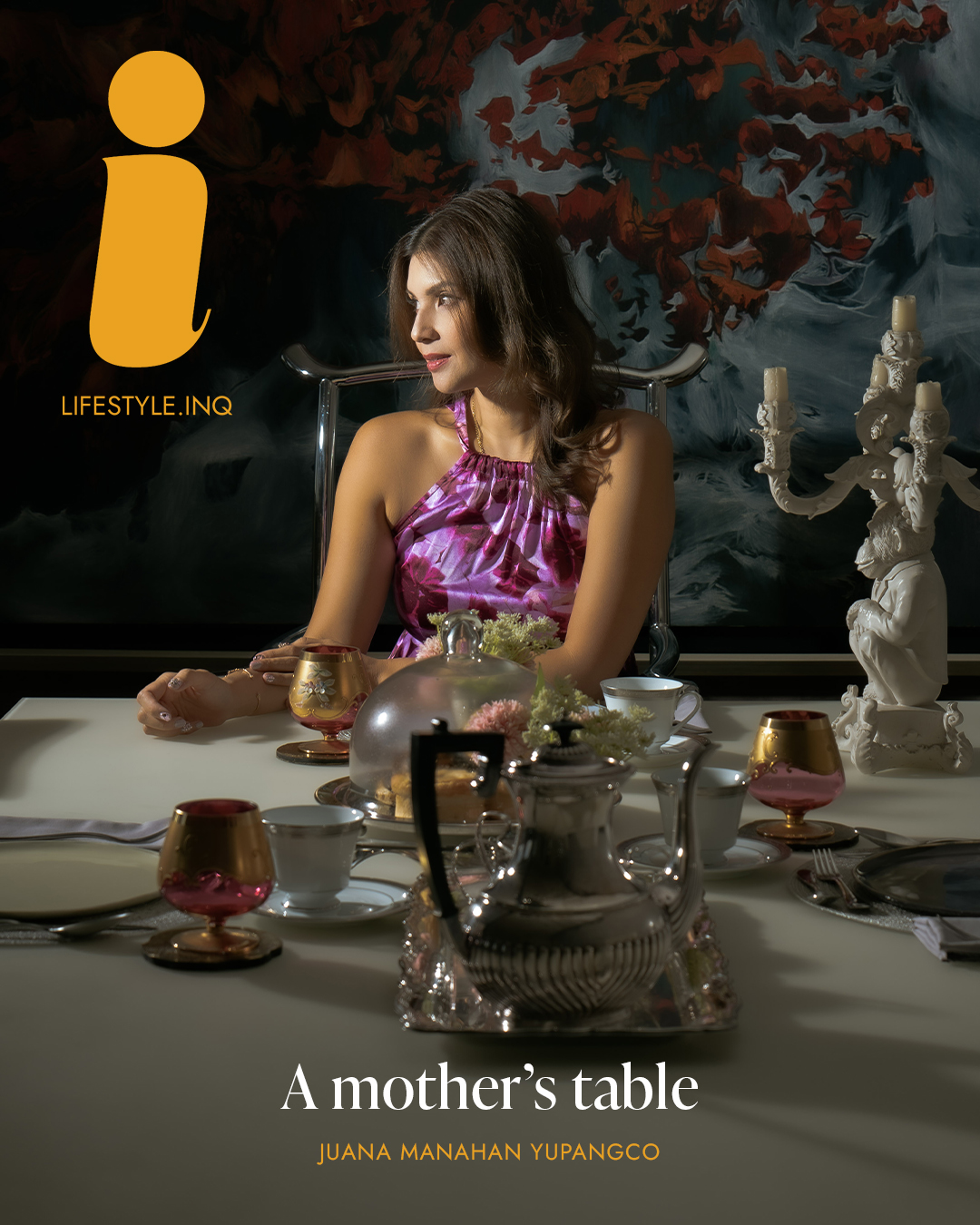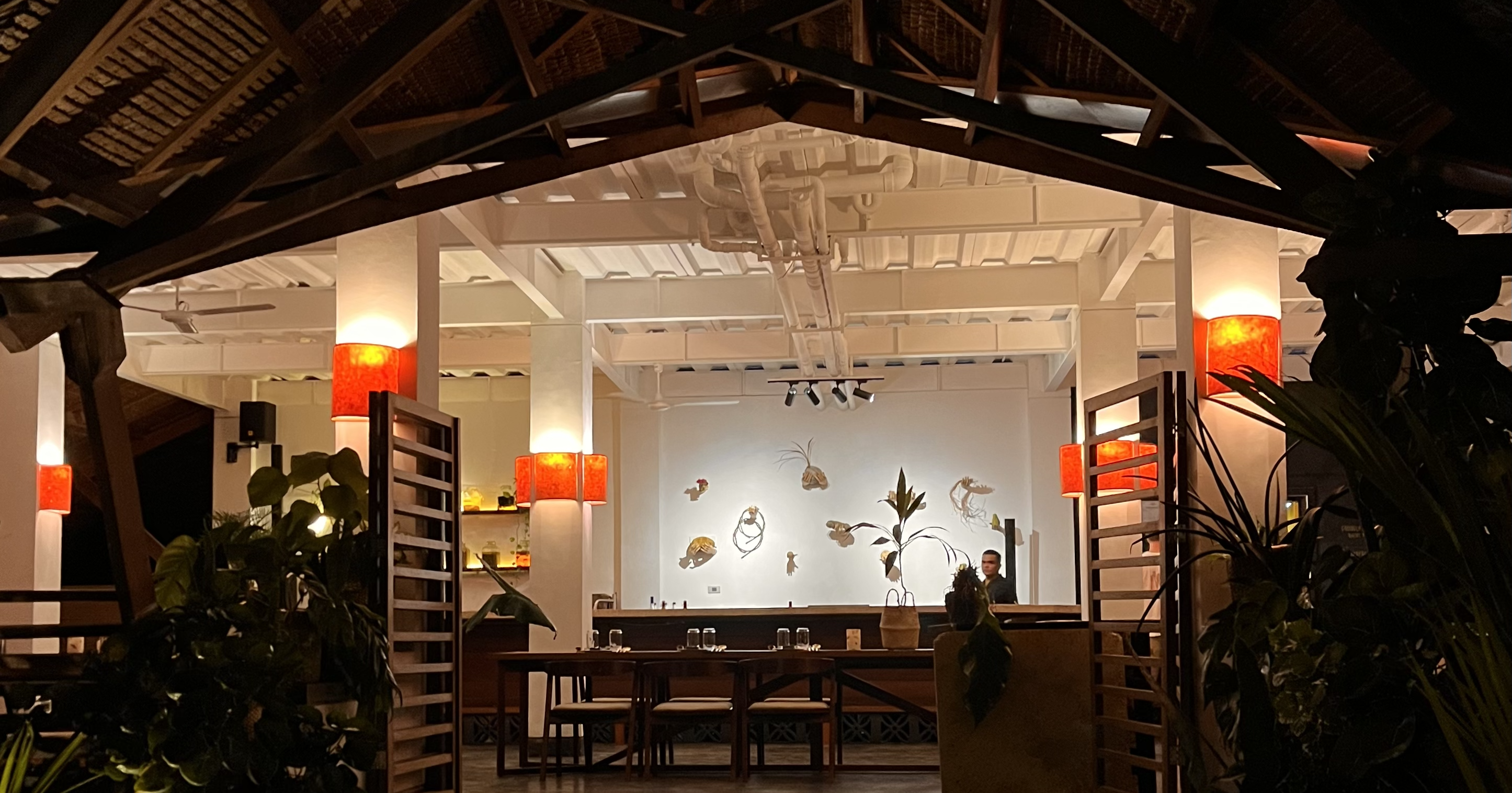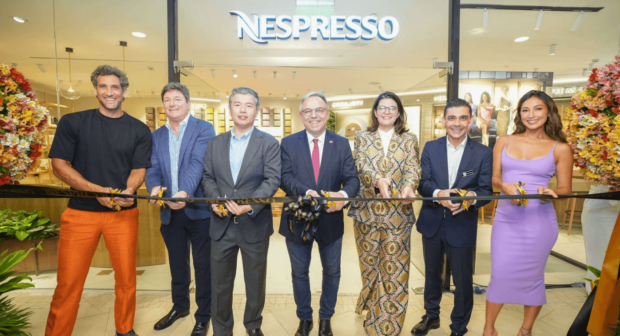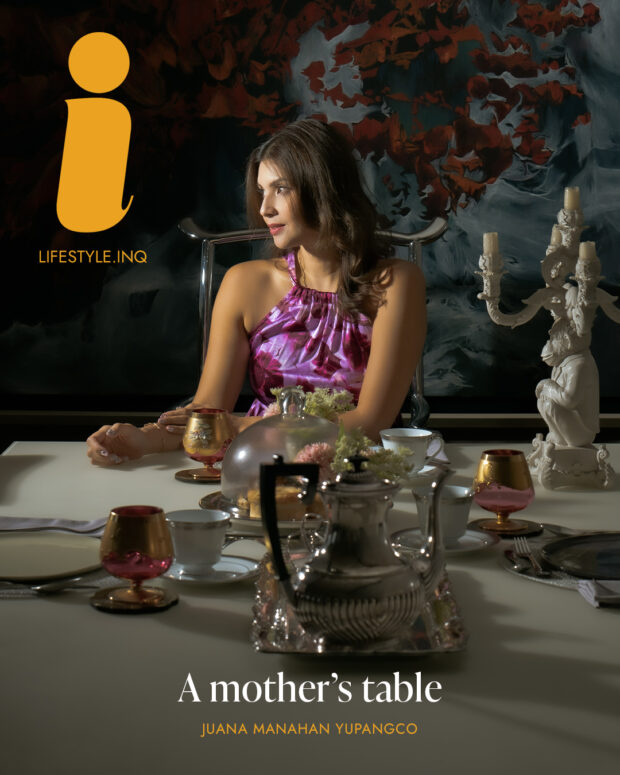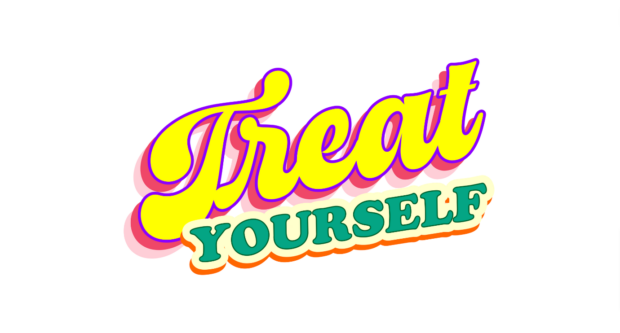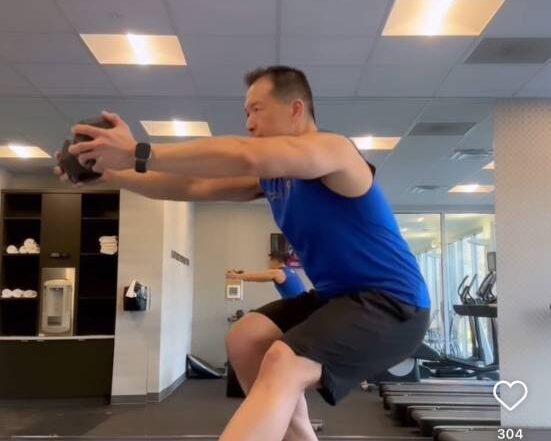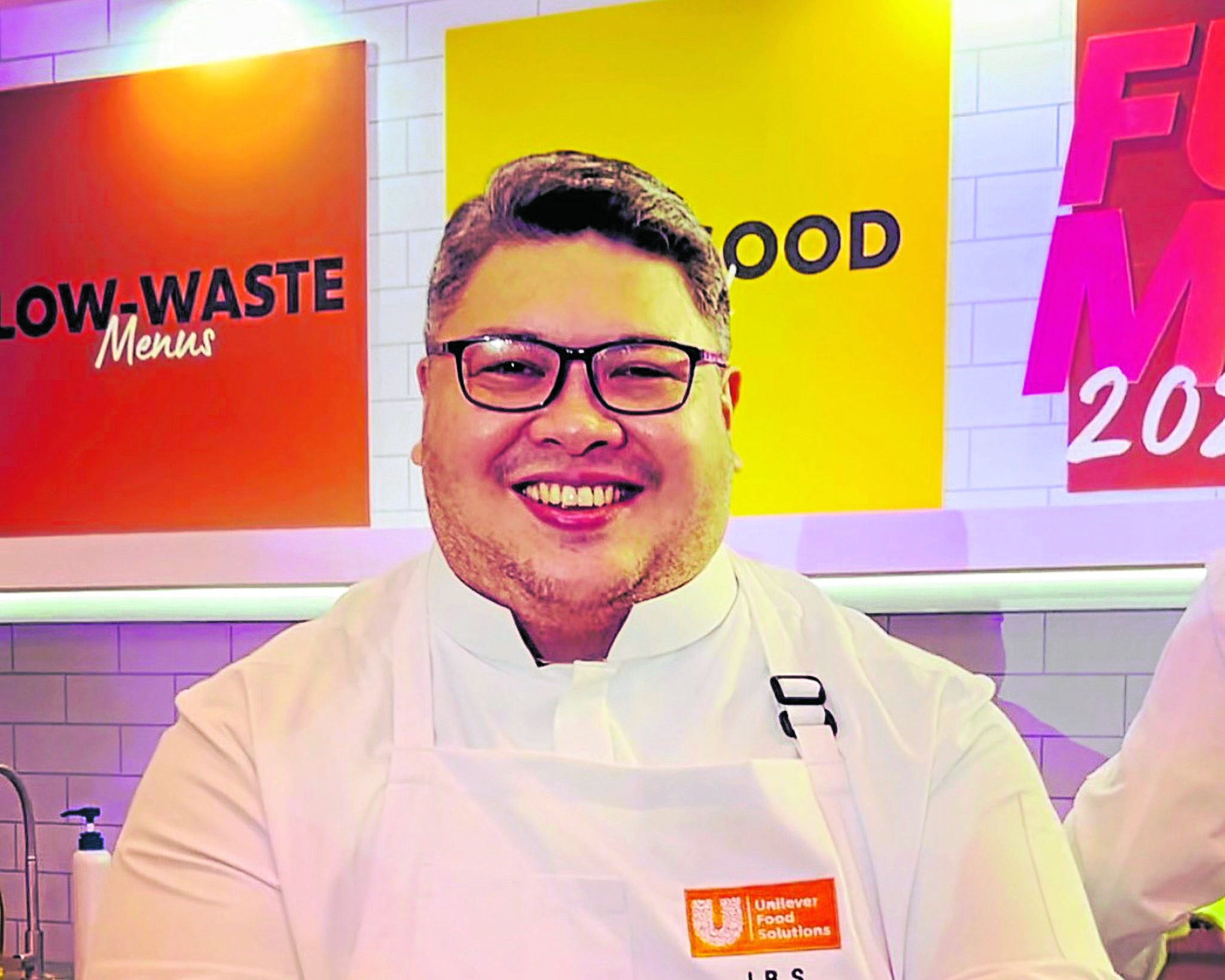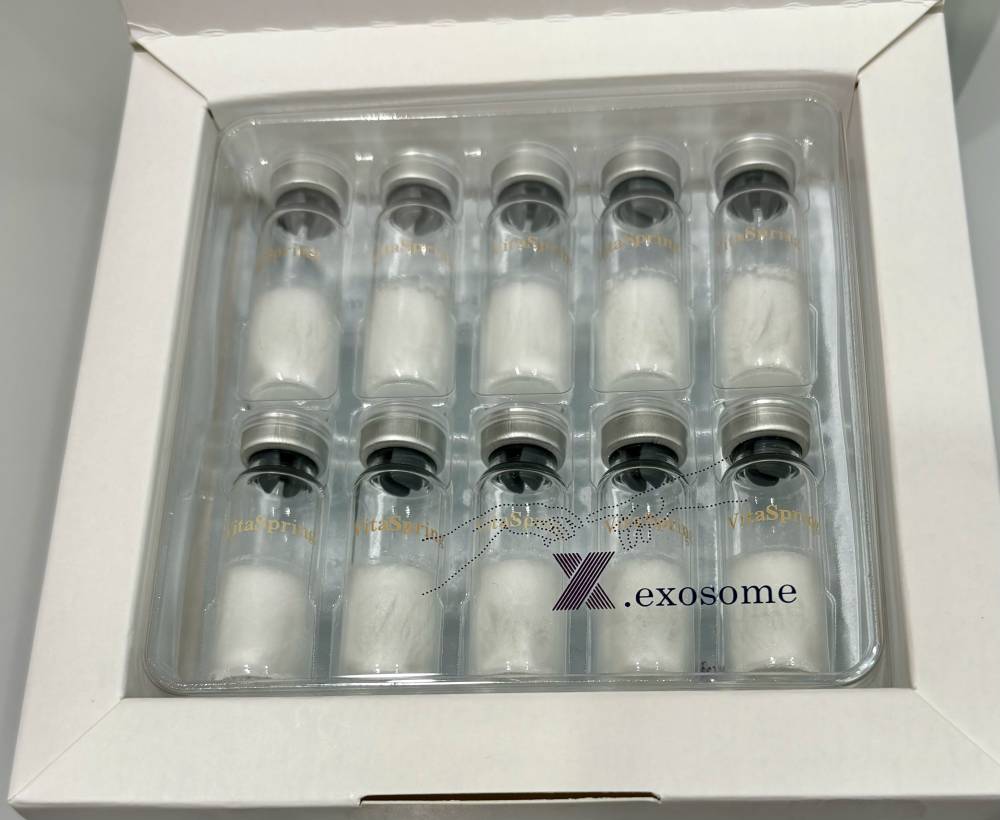A new landmark study implies that half, or even possibly 75 percent of cases previously referred for aggressive procedures to treat blocked heart arteries could have been managed with a conservative method called optimal medical treatment (OMT).
Several years ago, Dr. Willie Ong (popularly known as Doc Willie) and I made a short video for his online followers to learn about treating blocked heart arteries. (The video is still up on Doc Willie’s YouTube channel.)
In the video, we explained that not all cases of blocked arteries called stable coronary artery disease (CAD) should be referred for aggressive interventions like angioplasty and stenting, or heart bypass surgery.
For a time, it has been the standard practice to do angioplasty and stenting of blocked heart arteries even if the angina or chest pains could already be relieved with OMT.
There are clear-cut cases, though, when aggressive intervention is called for, such as obstruction of the left main coronary artery or multiple heart artery blockages causing weakening of the heart muscles, and those with acute heart attacks.
Otherwise, many cases sent for aggressive intervention could have been managed just as effectively with OMT.
We were criticized by some colleagues for what was considered a reckless recommendation that could jeopardize the lives of many people who could have been helped by more aggressive interventions.
Mixed reactions
Now, a landmark study presented at the recent American Heart Association congress in Philadelphia showed that among patients with stable heart artery blockages—including those with moderate to severe ischemia or lack of oxygen in the heart on stress testing—routine invasive or aggressive therapy (angioplasty or bypass surgery) was no better than OMT in preventing long-term complications and saving lives.
There were many sideline discussions on the findings of the International Study of Comparative Health Effectiveness with Medical and Invasive Approaches (Ischemia), which drew mixed reactions from the international group of experts attending the congress.
The results of this super-landmark ischemia trial is a big boost for OMT, which consists of healthy lifestyle interventions plus medicine that can relieve or stabilize chest pains.
The meds consist of blood thinners like aspirin, statins to lower cholesterol, beta-blockers, renin-angiotensin inhibitors and others that can relieve angina.
There was also no benefit from invasive therapy in deaths from all causes, heart-related or cardiovascular deaths, or frequency of heart attacks.
One-third of subjects in the study reported no chest pains at baseline, which reflects the CAD situation in the Philippines. In fact, many CAD patients have silent or asymptomatic ischemia, which may be accidentally discovered, and the attending physician decides to do angioplasty on the patient.
Routine invasive therapy was associated with potential harm at six months (increase in periprocedural heart attacks), although it was associated with benefit at four years in reducing heart attacks.
Although the overall interpretation of this trial was negative with a routine aggressive approach, there were mixed feelings among experts with evidence for both harm and benefit.
To me, what matters most is that invasive therapy for stable CAD patients needs to be considered only in the context of bothersome chest pains despite maximal background medical therapy.
But if the chest pains could be relieved by meds that provide effective heart and blood-vessel protection, then an aggressive approach is not a game changer among half or more of these patients with blocked heart arteries.


